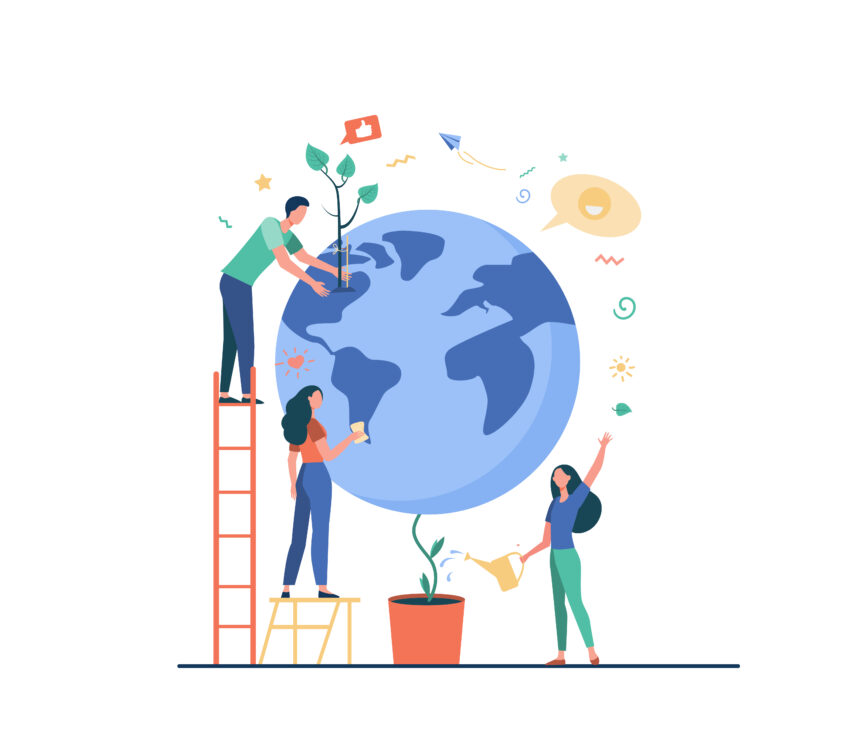Annually, we throw 8 million tons of plastic into the oceans. Plastic surrounds us, it is ubiquitous. Probably most of you will say: How is this possible? After all, plastics are recycled. At least that’s what the oil industry has been telling us for more than 50 years. Unfortunately, most plastics are not recycled.

Let’s start from the beginning. Plastic production began after World War II. From then until today, mankind has produced about 8 billion 300,000 tons of plastic, which is roughly the same as 23,000 Empire State buildings would weigh. We became fascinated by the properties of plastic, and the production continued and continues, and we will soon drown in a plastic ocean.
What should it look like? We throw raw materials into appropriate containers, they are taken to a sorting plant, where they are cleaned and sorted. Waste is smelted and given a second life as new products, packaging, etc. How much is recycled?
Only 9% of the materials are recyclable. Of course, we are talking about all materials that are marked as suitable for this process. 12% is burned. On the other hand, 79% of all plastics ever produced end up in landfills or lie around us. Our waste lands in the oceans and forests, littering our planet and condemning many animals to death, such as seals, dolphins, and whales. Fish, which are available in every store, also contain plastic, because they treat it as food.
Have you ever heard of the desert island of Henderson? Its size resembles the Mokotów district in Warsaw (37.3 km2). Located in the Pacific Ocean. It is inscribed on the UNESCO World Heritage List due to its ecosystem that was practically intact by humans. Unfortunately, the currents gradually attracted various types of waste there, and now it is probably the most polluted island. There are about 19 tons of waste there. You probably imagine beautiful beaches and spectacular views … nothing could be further from the truth, on each 1m2 of the beach there are about 672 pieces of rubbish (yes, mostly plastic).
We associate Hawaii with beautiful views, nature, and beaches. Unfortunately, sand on Hawaiian beaches is 15% micro-plastic granules. The problem is getting bigger and we must act. Not only globally, but our daily choices are also of great importance.
How can you do that? When ordering labels in our printing house, think about replacing the material with biodegradable, thinner, consistent with the entire packaging, making recycling easier. In our offer, you will find paper made of citrus waste, foil made of sugar cane. There are many solutions, and we will be happy to help you choose what will look great on your product, but also save our planet from littering. Let’s give up the use of disposable plastic, e.g. plastic bags for fruit and vegetables or plastic shopping bags. The fabric ones will be much more ecological. Remember, we can do more together.
Sources:

